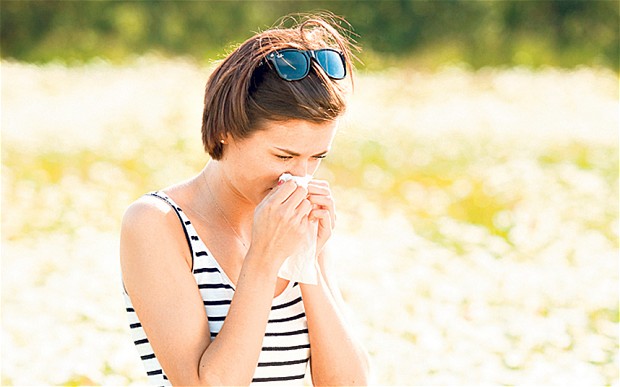Have you noticed that lately there has been an abundance of people sniffling more at work or walking around complaining about itchy red eyes? No you’re not going crazy, Melbourne is suffering badly and it doesn’t look like relief is coming any time soon.
You’d be correct to point out that winter has gone and with it so should have the common colds that the chilly months usually bring. What you wouldn’t guess is that currently Melburnians are sneezing their way through a hayfever war zone with the outside world turning into a sufferer’s worst nightmare.
The Melbourne Pollen Count and Forecast is a website which records and provides a daily pollen count from around Melbourne for the coming 6 days. This service is made possible by the University of Melbourne and the Asthma Foundation Victoria as a way to help hayfever and asthma sufferers avoid the high pollen areas or take appropriate medication when travelling outside if needed.
According to the website, last week on Friday Melbourne experienced its first ‘extreme’ pollen day since November, 2013 which was followed by another ‘extreme’ forecast on Monday, the second in five days.
To put this into perspective, an ‘extreme’ pollen day is defined where the average count is more than 100 grass pollen grains per cubic meter of air.
As Friday had a count of 154, this makes it the worst day of the year so far and shows the beginning of a season worse than previous years.
However, records show that experts were warning us of this hayfever apocalypse from a few months back.
Melbourne University botanist Associate Professor Ed Newbigin spoke to 774 ABC in August stating that a record wet winter would be to blame for one of the worst hayfever seasons in a long time.
He explained that less rainfall in previous years meant there hadn’t been much grass pollen being released from grasslands in Western Victoria and in turn making its way across the city. This is something he stated would differ this season due to a higher rainfall during the winter months helping the grasslands flourish.
With the start of Spring usually meaning the onset of the hayfever season in previous years, the number of ‘extreme’ pollen counts we’ve endured so far gives us an insight to what we should expect for the rest of the season. With one in eight people suffering from hayfever, Melburnians are already feeling the change with more intense symptoms being recorded this early in the season.
What we should be hoping for is a change in the wind direction to bring some temporary relief to the city. Northerly winds are the ones that blow large amounts of grass seeds from country areas over the city, however, southerly winds are pollen free as they come from the direction of the Bass Strait.
So grab your tissues and pray that the wind changes soon to end some of the suffering we’ve been enduring this season…well for a little while anyway.


![5 Reasons You Should Travel Alone Airplane [image source: chau nguyen/ http://thedevilhatessweatpants.blogspot.com.au ], crowd ink, crowdink, crowdink.com, crowdink.com.au](https://crowdink.com/wp-content/uploads/2016/08/Chau-airplane-218x150.jpg)





























